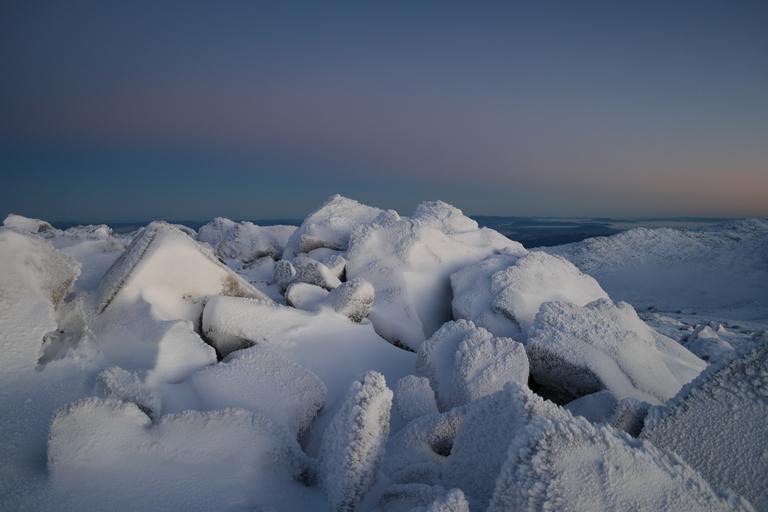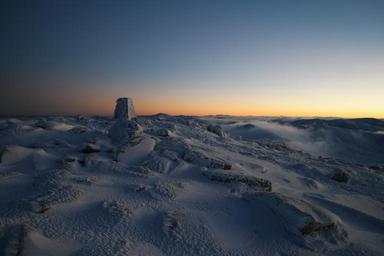Introduction
Photography has actually gone through an impressive transformation since its creation, developing from the basic methods of the 19th century to the sophisticated digital approaches we embrace today. "The Development of Aesthetic Photos from Movie to Digital" encapsulates this journey, highlighting how creative expression in photography has actually altered together with technological advancements. Professional photographers have not just documented minutes but also checked out visual self-portraits, contemplative photography, and art photography, enriching our visual culture. This article will explore the different measurements of photography's advancement, focusing on aesthetic photos and the different genres that have actually emerged over time.
The Advancement of Visual Photographs from Movie to Digital
The transition from film to digital photography marked an advanced modification in how images are captured and valued. At first, recording aesthetic photographs needed careful preparation and significant skill. Movie video cameras demanded an understanding of direct exposure, lighting, and composition-- components that still hold true today however have actually become more accessible with digital technology.
1. Birth of Photography: The Film Era
In the early days of photography, movie was king. Taking a picture included complex processes, such as establishing negatives and printing images in a darkroom. The aesthetics of these photos were affected heavily by the limitations and characteristics of film stock.
1.1 Understanding Film Photography
Film photography encompasses various types-- black-and-white, color negative, and slide movie each offered unique qualities that contributed to an image's aesthetic appeal. Black-and-white pictures typically emphasized contrasts in between light and shadow, allowing artists to communicate emotion through texture.
1.2 Iconic Movements Influenced by Movie Photography
Numerous creative movements were birthed throughout the movie period:
- Pictorialism: Highlighting beauty over documentary accuracy. Surrealism: Mixing photographic methods with dreamlike imagery.
These motions paved the way for contemporary http://explorenow348.image-perth.org/exploring-faceless-self-portrait-ideas-unmasking-identity-through-art styles like vintage aesthetic photography.
2. Transitioning to Digital: The New Frontier
Digital photography changed how images are caught and processed. With this shift came brand-new chances for creating aesthetic self-portrait photography that were previously unattainable.
2.1 The Rise of Digital Cameras
The intro of digital video cameras enabled professional photographers to instantly examine their work, resulting in increased experimentation with structure and style, consisting of faceless self-portraits that focus on feeling rather than identity.
2.2 Aesthetic Self-Portrait Photography in the Digital Age
With platforms like Instagram showcasing aesthetic pictures to put on your wall or share online, self-portraiture has thrived as a genre in its own right.

3. Fine Art Photography: Bridging Technique and Emotion
Fine art photography integrates technical skill with psychological depth-- an essential aspect that stays pertinent across both movie and digital mediums.
3.1 Specifying Fine Art Photography
Fine art photography goes beyond mere documents; it has to do with conveying an artist's vision through carefully built images that evoke feelings or provoke thought.
3.2 Strategies Utilized in Art Photography
Photographers use different strategies such as long exposures or creative lighting setups to develop compelling structures that resonate with viewers on several levels.
4. Contemplative Photography: Checking Out Inner Landscapes
Contemplative photography invites audiences to reflect deeply on their surroundings while recording peaceful minutes through empowering photography practices.
4.1 What Is Contemplative Photography?
This category stresses mindfulness in observing daily scenes-- motivating photographers to slow down and value subtle information frequently overlooked.
4.2 How To Practice Contemplative Photography
To engage in reflective practice:

- Focus on textures around you. Seek out natural light sources.
By doing so, photographers can create peaceful pictures visual that promote self-questioning through visual storytelling.
5. Exploring Self-Portrait Photography Meaning
Self-portraiture has actually evolved dramatically gradually; once considered as an act of vanity or narcissism now accepted as a crucial form of artistic expression reflecting identity battles or triumphs.
5.1 Historic Context of Self-Portrait Photography
Throughout history, artists like Vincent van Gogh used self-portraiture as a method of exploring internal conflicts-- this legacy continues today among modern professional photographers who utilize faceless self-portraits to communicate vulnerability while keeping anonymity.

5.2 Strategies for Reliable Self-Portraiture
Understanding framing, lighting characteristics, and psychological context can boost your approach towards creating impactful self-portraits customized for different themes-- be it empowerment or introspection!
6. The Role of Social Network in Shaping Aesthetics
Social media platforms play an indisputable role in shaping contemporary visual culture by offering avenues for sharing visual appeals throughout diverse audiences worldwide!
6.1 Instagram's Impact on Aesthetic Trends
Instagram has actually changed how we view visual appeals; it's simple now for anyone-- from newbie hobbyists uploading casual pictures-- to expert photographers curating portfolios-- to acquire visibility beyond geographical constraints!
6.2 Hashtag Culture: Driving Engagement & Discoveries
Hashtags enable users browsing particular themes (e.g., #vintageaestheticphotography) discover works they may otherwise miss while cultivating neighborhoods around shared interests-- further fueling imagination within those spheres!
FAQs
Q1: What is Fine Art Photography?
A1: Fine art photography is a category focused on revealing creative vision instead of simply documenting truth; it typically includes careful preparation regarding composition, light settings, and so on, leading to mentally powerful results!
Q2: How do I start practicing Reflective Photography?
A2: To start practicing contemplative photography, embrace mindfulness by observing your environments attentively-- concentrate on information like textures or colors-- and permit yourself space for reflection throughout this imaginative process!
Q3: Can anybody create Aesthetic Self-Portrait Photography?
A3: Absolutely! Anybody can check out visual self-portraiture despite experience level; all it takes is desire towards experimentation combined with attention toward composition aspects (lighting/angles)!
Q4: What makes Faceless Self-Portraits compelling?
A4: Faceless self-portraits draw attention far from identity towards feelings communicated through posture/setting-- the audience engages differently due to the fact that they relate more personally without preconceived notions affecting interpretation!
Q5: Why are Vintage Aesthetic Photos popular?
A5: Classic aesthetics evoke nostalgia while using rich textures/colors absent from modern designs; they link audiences mentally by bring into play historic references familiar yet unique sufficient stick out aesthetically in the middle of modern offerings!
Q6: How do I choose Aesthetic Pictures To Put On Your Wall?
A6: Picking visually pleasing images involves considering individual taste/preferences alongside themes resonating throughout home design-- guarantee picked pieces enhance existing atmosphere permitting meaningful connections thrive within spaces!
Conclusion
"The Evolution of Aesthetic Photographs from Film to Digital" highlights how moving technologies have actually shaped our understanding and appreciation for artistry behind each click recorded lens-- the interplay between tradition development fuels continuous exploration within realms including art photography along blossoming sub-genres like contemplative/self picture methodologies! As we continue navigating this ever-evolving landscape filled myriad possibilities waiting for discovery-- it becomes clear there's no singular path towards visual storytelling but rather unlimited interpretations awaiting expression!